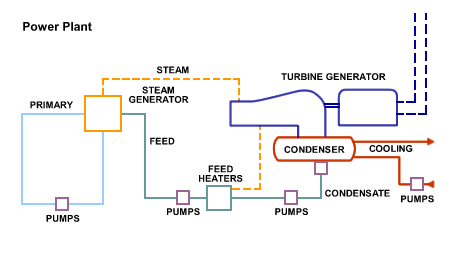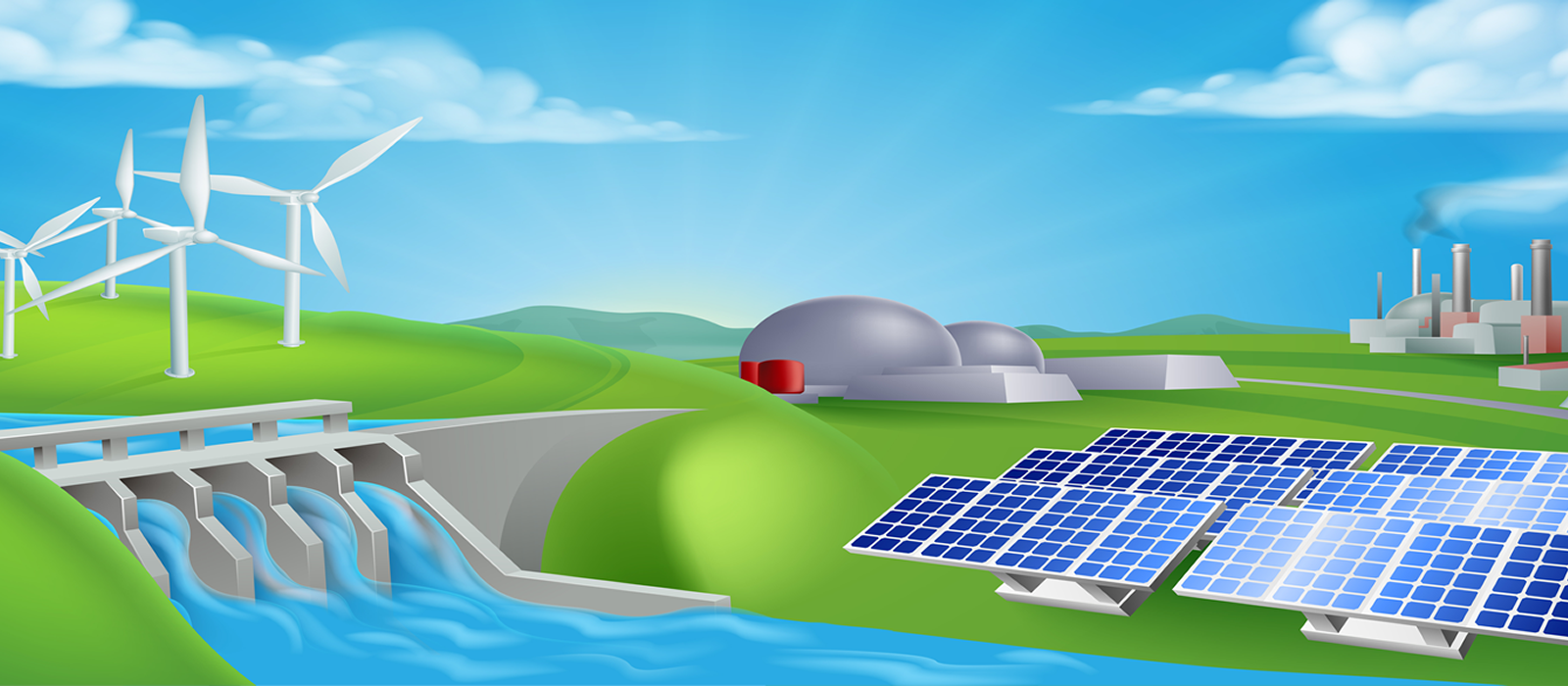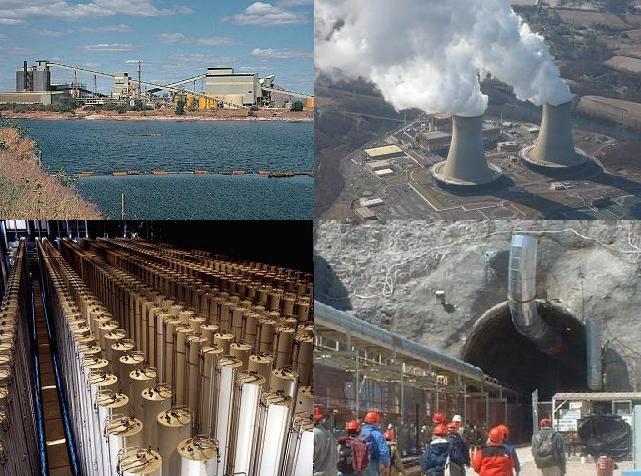Walter C Patterson NUCLEAR POWER SECOND EDITION PENGUIN BOOKS. 2 Penguin Books Ltd, Harmondsworth, Middlesex, England Walter C. Patterson was born in Canada in 1936. He was educated in Winnipeg and Introduction: The Nuclear Predicament PART ONE THE WORLD OF NUCLEAR FISSION What is a Reactor. Introduction Nuclear energy represents only 15 of the electricity produced worldwide. Though in France, 80 of its electricity production is from nuclear energy and more than onefourth of electricity in Europe comes from nuclear energy. All nuclear power plants use nuclear fission, and most nuclear power plants use uranium atoms. During nuclear fission, a neutron collides with a uranium atom and splits it, releasing a large amount of energy in the form of heat and radiation. Introduction to nuclear energy. Everything around you is made up of atoms. In the late 1930s, it was discovered that some particularly large atoms can split in two (or fission), releasing a shockingly large amount of energy. When these atoms were arranged properly in a machine, one splitting atom can cause nearby ones to split, creating a chain reaction. Nuclear power is a hot topic among scientists. This sample essay explores the pros and cons of nuclear energy, why we need it, and how to use responsibly. University of Chicago nuclear expert Bob Rosner writes that it is technically possible for the world to cut carbon dioxide emissions by replacing fossil fuel electrical generation with nuclear power, but the decision to undertake such a wideranging effort is ultimately a political one. that nuclear power will be an essential component of electricity generation in the years ahead. The book is an introduction to a graduate level (or advanced undergraduate Nuclear power future will decrease the environmental impacts due to greenhouse gases mitigation. it due to the increase of the population in Malaysia. CO2 emissions from coal fired plant in Malaysia (million tons) In the energy sector. Introduction to Nuclear Power is a wellwritten introduction to the mechanics and physics of commercial nuclear power reactors. The book has a very strong emphasis on thermal issues that can develop in nuclear plants, and lucidly explains the design considerations and challenges in various types of nuclear power plants (e. ) as well as the engineered safety. C H A P T E R 10 Nuclear Power Plants 10. 1 Introduction Nuclear power is universally controversial. Many would say that it is also universally neededas an alternative or supplement to power generated by fossil fuels. The combustion of fossil fuels produces carbon dioxide, now notorious for the Introduction to Nuclear Reactors June 2015 CHAPTER 1 Introduction to Nuclear Reactors prepared by Dr. Robin Chaplin Summary: This chapter provides a toplevel introduction to nuclear reactors and surveys the world reactor In a typical nuclear power plant operating on a INTERNATIONAL ATOMIC ENERGY AGENCY, Introducing Nuclear Power Plants Into Electrical Power Systems of Limited Capacity, Technical Reports Series No. The aim of the earthquakeresistant design of nuclear power plants is to retain three crucial functions, even in the event of a major earthquake and tsunami: to shut down the reactor (shut down), to cool down the reactor under a specified temperature and maintain a stable condition (cool down), and to confine so as to prevent radioactive materials from being released into the surrounding. Introduction to Nuclear Energy Introduction to Nuclear Energy. Log in to save your progress and obtain a certificate in Alisons free Diploma in Environmental Science online course. Introduction to Nuclear Power, Second Edition G. Introduction to nuclear power John Gordon Collier, Geoffrey Frederick Hewitt Snippet view 1987. The Electrochemistry of novel materials Jacek Lipkowski, Philip N. The greater a countrys nuclear power infrastructure is, the more a country is able to influence global governance standards for nuclear safety, nuclear security. Find out how nuclear power can help the UK. Meet the team who run one of our biggest nuclear power stations as they explain their passion for their jobs and. In 2010 nuclear energy production in the US was the highest ever. 4 capacity in 2012, up from 56 in 1980. 1 GWe of uprates were permitted in the last decade. The majority of high level radioactive waste produced comes from the fuel in the core of nuclear power reactors. Irradiated fuel is the most radioactive fuel on the planet and accounts for some 95 of radioactivity generated in the last 50 years from all sources, including nuclear weapons production. Nuclear fusion is one of the most promising options for generating large amounts of carbonfree energy in the future. Fusion is the process that heats the Sun and all other stars, where atomic nuclei collide together and release energy (in the form of neutrons, see diagram on the right). An Introduction to Nuclear Energy Posted on August 22, 2013 by stephanie. In a nuclear power plant, the heat produced by fission is used to create steam, which turns a turbine and eventually produces electricity. The NRC, or Nuclear Regulatory Commission, regulates all nuclear power plants in the United States. Introduction to Nuclear Energy. Module number: MW0799 Duration: 1 Semester Description. Objective: The course will present a basic view on Nuclear Energy as a general introduction to the topic. The main aspects of Nuclear Engineering: the motivation of nuclear energy the history of nuclear energy generation IV nuclear power plant. Nuclear Power Plants in India As of 2016, India has 21 nuclear power reactors in 7 nuclear power plants in operation with installed capacity of generating 6780 MW while some other are expected to be built in near future. Example Oconee Nuclear Plant relicensing (first given a 40 year license in ). Oconee Nuclear was the second nuclear power plant in the U. to be given an extension of its operating license for an additional 20 years Nuclear Energy Explained: How does it work? Nuclear Energy is a controversial subject. The pro and antinuclear lobbies fight furiously, and it's difficult to decide who is right. Interest in using nuclear energy for producing potable water has been growing around the world over the past ten years. This book provides guidance for decision makers on introducing nuclear desalination, and describes the steps involved in project implementation. The first commercial applicationof nuclear power was the UK CalderHall power of the advanced gascooled reactor in the UK and thepressurisedwater reactor in the USAhas made nuclear power competitivewith other sources. Nuclear Power in Japan (Updated September 2018) Japan needs to import about 90 of its energy requirements. Its first commercial nuclear power reactor began operating in mid1966, and nuclear energy has been a national strategic priority since 1973. Materials for Nuclear Power: A Brief Introduction. Osman It is only a paper reactor until the metallurgist tells us whether it can be built and from what. Norman Hilberry, Director, Argonne National Laboratory, 1957 to 1961 Introduction Despite the fear of nuclear disasters and proliferation of nuclear weapons, the 435 nuclear power reactors around the world produce approximately 16 percent of the worlds electricity and 19 percent of electricity in the United States (WIT, 2013). Nuclear Power in the USA (Updated October 2018 ) The USA is the world's largest producer of nuclear power, accounting for more than 30 of worldwide nuclear generation of electricity. UNIT 1 INTRODUCTION TO POWER PLANTS Power Plants Structure 1. 1 Introduction Objectives renewable energy sources are solar, wind, hydroelectric, biomass, and geothermal power. The nuclearpowered sources are fission and fusion. 6 Power Plant Engineering Types of Fuels Introduction to 1. 4 POLLUTION Power Plants An introduction to the concept of nuclear fission. The inside of a nuclear power station is shown and the makeup of the nuclear reactor is described. Nuclear energy is one of the main sources of conventional energy in many countries today mostly because is a lowcarbon energy source. Burning nuclear fuels such as uranium and plutonium in the nuclear reactors, will generate clean electricity due to the nuclear fission reaction. Written to provide students who have limited backgrounds in the physical sciences and math with an accessible textbook on nuclear science, this edition continues to provide a clear and complete introduction to nuclear chemistry and physics, from basic concepts to. To some, nuclear energy offers a clean energy alternative that frees us from the shackles of fossil fuel dependence. To others, it summons images of disaster: quakeruptured Japanese power plants belching radioactive steam, the dead zone surrounding Chernobyl's concrete sarcophagus. Yet nuclear power sparks anxiety in many people who are unclear about the nature and extent of the associated risks. In this Very Short Introduction, Maxwell Irvine provides an informative and balanced overview of the entire subject. INTRODUCTION OF NUCLEAR (MEHB513) Nuclear for the future and safe the earth. The turbines and generators of nuclear power plant are similar to conventional power stations. To control the nuclear chain reaction rods of boron are used to absorb neutrons. These boron rods are also used to slow down the chain reaction. My point in these posts is not to say nuclear power will play no role in the fight to stay below 450 ppm of atmospheric CO2 concentrations and avoid catastrophic climate outcomes. Nuclear power plants harness the energy released by fission and put it to use to drive generators that produce electricity. Although nuclear power contributes only about 20 percent of the electricity generated in the United States, the nations nuclear capacity is the. The YGN presents Introduction to Nuclear Power Generation Conference. Date: 5 7 September 2018 (3day event) Venue: EDF Energy, Barnett Way, Barnwood, Gloucester, GL4 3RS New OneDay ticket released for 5 September View the flyer See the agenda. Delegates can now book to attend the first day to find out all about the past, present and future of nuclear power production, through. Nuclear power is the use of nuclear reactions that release nuclear energy to generate heat, which most frequently is then used in steam turbines to produce electricity in a nuclear power plant. Nuclear power can be obtained from nuclear fission, nuclear decay and nuclear fusion. Ministers under pressure to fund new generation of smallscale nuclear power stations Module 8: Introduction to Non Nuclear Power Nuclear Power. Log in to save your progress and obtain a certificate in Alisons free Diploma in Sustainable Development online course. Log in with your Social Account. On March 11, 2011, the Japanese earthquake and tsunami struck, destroying four of the six reactors at the Fukushima Daiichi power plant, bringing the safety issue to the forefront, and raising question in some countries about the continuation of their nuclear programs. The Case for New Nuclear Plants in the US (2) and growing fossil fuel imports and consumption Total U. Energy Consumption Low Carbon Oil is the Challenge U. data from EIA, Annual Energy Outlook 2008 Early Release, years 2006 and 2030; world data from IEA, World Energy Outlook 2007, years 2005 and 2030 The beginning of construction at Bangladeshs first nuclear power reactor on 30 November 2017 marked a significant milestone in the decadelong process to bring the benefits of nuclear energy to the worlds eighth most populous country..











